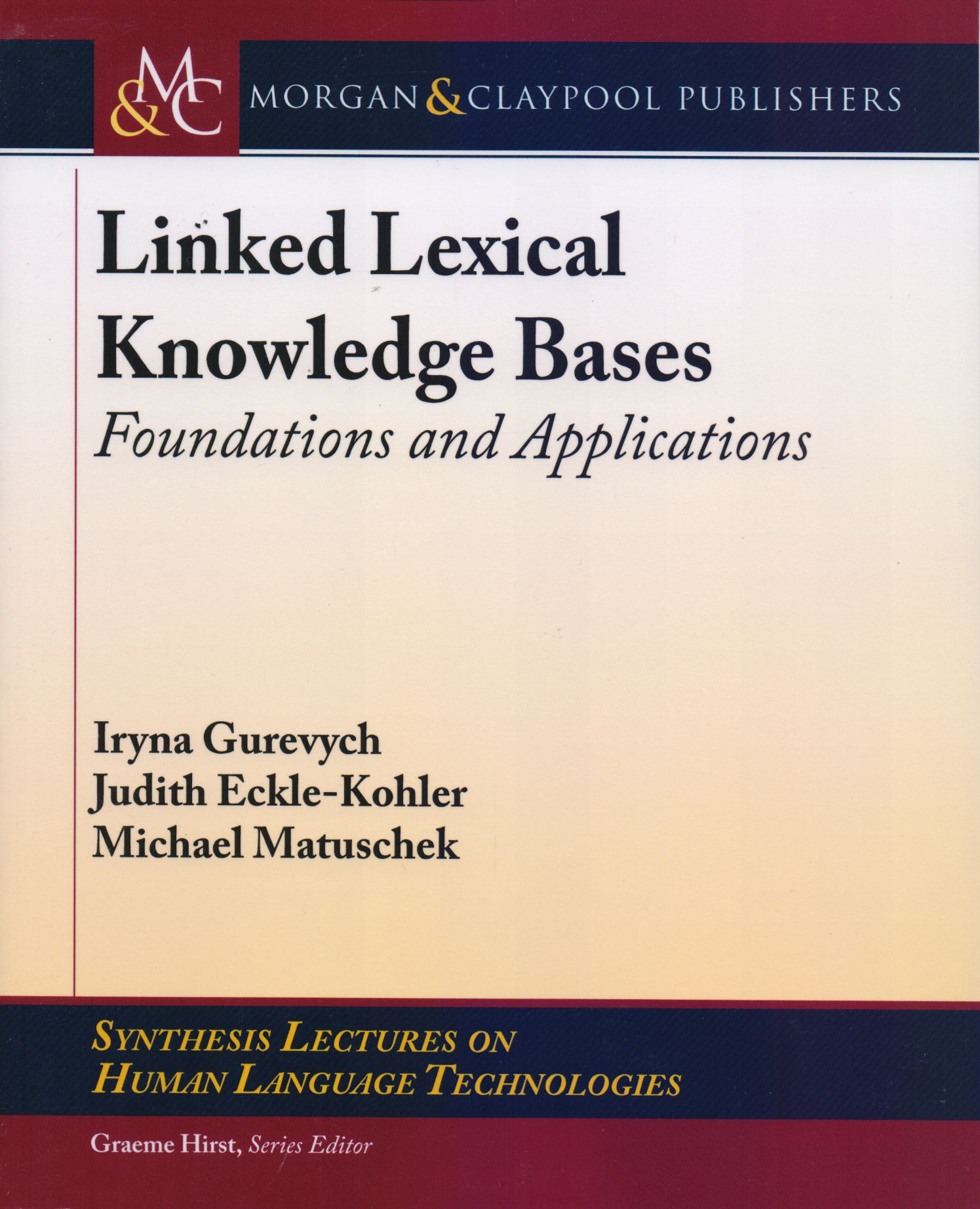Libros relacionados
 |
Engineering Principles In Everyday Life For Non-Engineers B. Niku, Saeed Morgan & Claypool Publishers |
 |
Resistive Random Access Memory (Rram): From Devices To Array Architectures Yu, Shimeng Morgan & Claypool Publishers |
 |
New Prospects Of Integrating Low Substrate Temperatures With Scaling-Sustained D Shovon Ashraf, Nabil / Alam, Shawon / Alam, Mohaiminul Morgan & Claypool Publishers |
 |
Linked Lexical Knowledge Bases: Foundations And Applications Gurevych, Iryna / Eckle-Kohler, Judith / Matuschek, Michael Morgan & Claypool Publishers |
 |
Advances In Refletctometric Sensing For Industrial Applications Cataldo, Andrea / de Benedetto, Egidio / Cannazza, Giuseppe Morgan & Claypool Publishers |
 |
Design Of Visualizations For Human-Information Interaction: A Pattern-Based Fram Sedig, Kamran / Parsons, Paul Morgan & Claypool Publishers |


|
Título: Working Guide To Reservoir Rock Properties And Fluid Flow | |
| Autor: Ahmed Tarek | Precio: $1260.00 | |
| Editorial: Gulf Professional Publishing | Año: 2009 | |
| Tema: Ingenieria, Tecnologia, Energia | Edición: 1ª | |
| Sinopsis | ISBN: 9781856178259 | |
| A thorough understanding of rock properties and the rate which fluid flow through them is imperative for the discovery and development of new oil, gas reservoir. The problem is that any new engineers have lack of understanding of the major controlling influences on fluid flow through rocks and soils.
Reservoir Rock Properties and Fluid Flow covers properties of natural rocks and fluids that are important in Petroleum and Natural Gas Engineering. In this book major emphasis is placed on fluid storage in reservoir rocks and in flow of fluids through the rock's pore structure. These phenomena dominate calculations that are common in the areas of reservoir and production engineering. This book is designed for technical professionals and introduces readers to the fundamental as well as the advanced aspects of reservoir engineering. Theoretical concepts coupled with numerous practical case histories are presented to assist reservoir and exploitation engineers in their primary functions-the determination of oil and gas reserves and the maximization of hydrocarbon recovery under primary, secondary, and tertiary schemes. |
||
Librería Bonilla SA de CV © Todos los derechos reservados. 2019
Última actualización: Jul 2019




